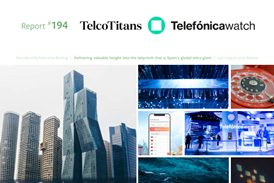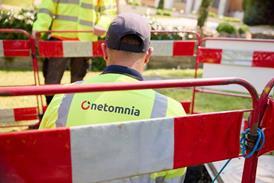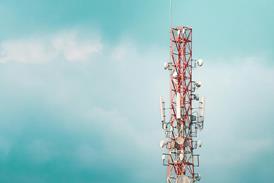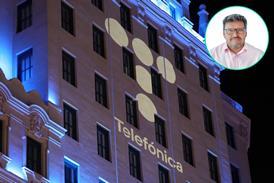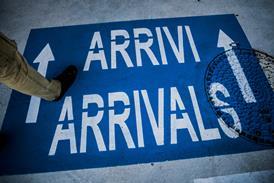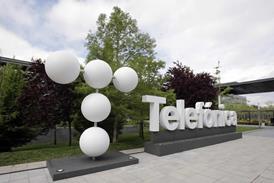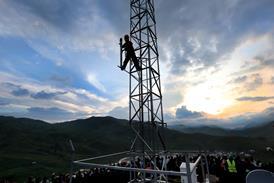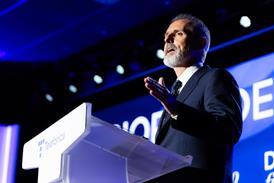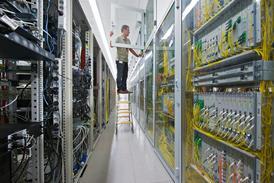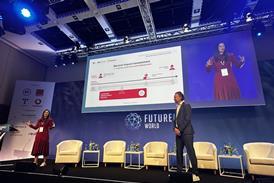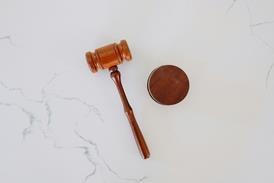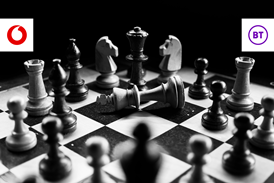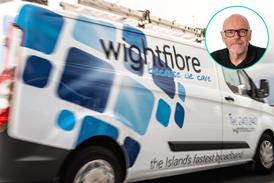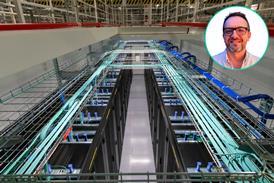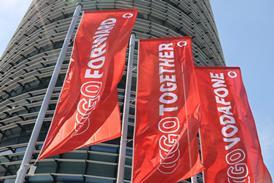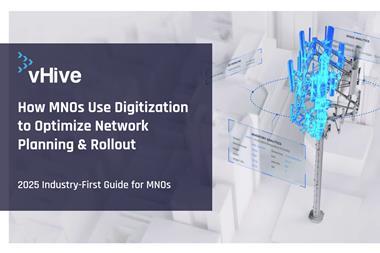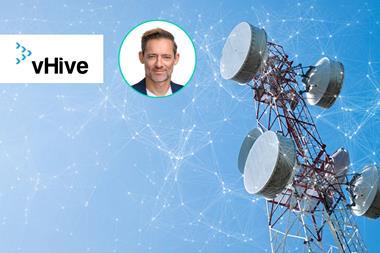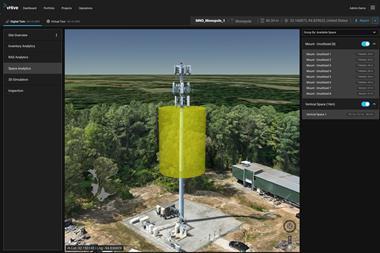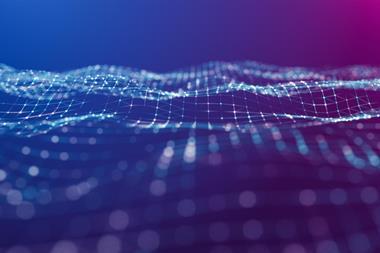- MNOs, InfraCos and vendors consider breakthroughs enabling true digitalisation of key physical assets.
- Digital twins featured heavily, with adoption frontrunner Phoenix Tower seeing diverse use cases building across its operations, and TDF embedding the technology at the heart of its systems.
- Quality of data is key, with BT Tower implementing a “single source of truth” that is already boosting efficiency. Digital twin adoption is seen delivering clear return on investment through operational efficiencies, such as reduced site visits and faster co-location processes.
- It also drives direct financial gains via revenue assurance, and contributes to sustainability goals by optimising energy use.
- PTI and infrastructure digitisation player vHive shared the next frontier for digital twin value, where industry-wide collaboration creates common platforms for MNOs and TowerCos to share data. This would streamline the entire ecosystem, from network planning and modification simulation to final deployment verification.
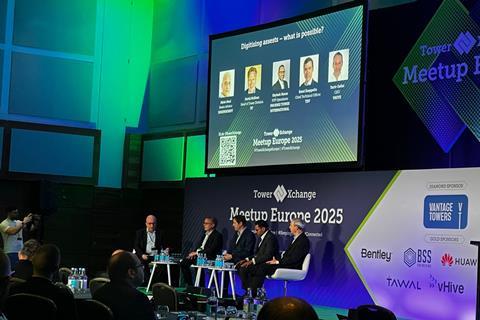
The day-to‑day practicalities of running and maintaining the physical infrastructure at the heart of a mobile network operator can seem a world away from goals for digitisation and autonomous networks.
However, at a recent mobile network infrastructure conference, leaders in the field of tower management highlighted opportunities to not only leverage digitalisation to make estate management more effective, but also to deliver benefits across the wider network and business, including opening up new revenue streams
Executives from BT Group’s Tower division, Phoenix Tower International (PTI), French InfraCo TDF, and digital twins developer vHive gave their takes on what has already been achieved in digitisation of physical infrastructure and what can be expected in the future.
Digital twins featured heavily across the session, with participants either already implementing the technology, or preparing the groundwork.
As with AI and other critical elements of telecoms digitalisation, levels of readiness for this high-profile technology come down to one thing: reliability of data.
Building that single source of truth for towers
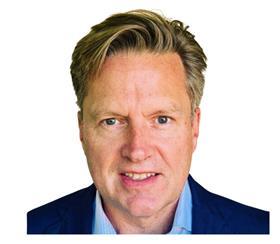
David McKean, Tower Division Director at BT and also Chair of UK wireless infrastructure partnership MBNL, is an advocate of the data‑first approach, identifying the importance of a “single source of truth” that brings together data held in different formats across multiple platforms as his top priority when joining the British network operator several years ago.
This has entailed bringing together data from “thousands of towers, tens of thousands of documents, and structural and agreement drawings” into a single database — a process he said could have taken the best part of five years if conducted manually, but was completed within nine months through use of GenAI and Autodesk’s AutoCAD software to automate the process.
“We’re using the database now, so the team is able to actually respond to customer requests efficiently, and that means that our customers can actually build network more efficiently. It’s been really exciting: it’s the number-one thing that I needed to achieve.”
McKean.
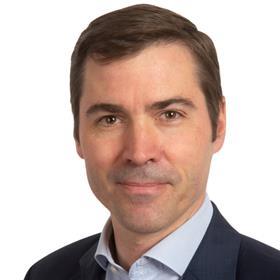
McKean considered that adopting a digital twin-led approach to infrastructure management is “the natural evolution” for the tower industry, although felt that taking this step is “just a little early for me”, when considering the current return on capital calculus for his business.
Rémi Kaeppelin, Chief Technology Officer for Towers at TDF, also extolled the virtue of ensuring accurate tower data at the heart of operations.
“We wanted to build a digital twin completely integrated in our IT tools. We wanted, in fact, a digital twin in which we will put data, and this data will be the reference of our engineering process, amendment process, and so on, to be sure that this data will [bring] profit to the company and also to our stakeholders.”
Kaeppelin.
When pursuing such an objective, it becomes critical that the data remains current and consistent.
“What is very important is that the data you have in the digital platform — the data you have in the model, the data you have in running the application — should be exactly the same and must be upgraded at each operation”
Kaeppelin.
The benefits are said to include timesaving on design and engineering, as well as streamlining of site visits, as TowerCos are able to virtually model and verify the most efficient way to implement asset changes.
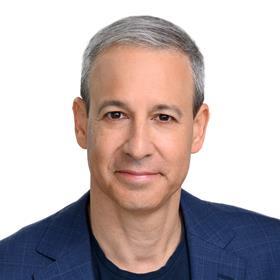
In a physical environment, automation of processes around radio sites also reduces human error, according to Yariv Geller, CEO at vHive.
“In many cases, companies are relying on databases where the information is (only) as good as the person who is putting the data into the system”, he warned, adding that, “the bigger your portfolio is, the quicker you start developing a gap in what’s really out there in the field”, as discrepancies pile up. Countering this pitfall is a key objective of his business.
“Our ability to bring ‘the truth’ from the field and automatically translate that and feed that into our systems or other systems means that you have a reliable source of truth for your systems and for you and your customers.”
Geller.
To leverage this reliability and single source of truth, Geller emphasises that it is vital that “digital twins should not be siloed” within an organisation. Another panellist, representing wireless infrastructure major PTI, took up the same theme, noting it was important not only to build a single source of truth, but also make widespread use of it.
… and finding multiple use cases
PTI is well‑advanced on its adoption of digital twin technology, according to Shylesh Moras, the firm’s Senior Vice‑President for Operations, with 80%–85% of its portfolio of around 30,000 sites across 25 countries now within its digital twin set‑up.
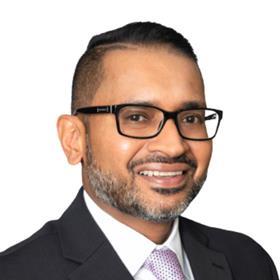
The TowerCo adopted the technology over five years ago and today sees the data it supports used widely across the business. Between 80% and 85% of its portfolio of around 30,000 sites across 25 countries are now within the digital twin set‑up.
The operational benefits of digital twins can go beyond better oversight, according to Moras. “We’ve seen over the years that it’s used by virtually every department. Maybe not necessarily every day, but the data that’s captured is used across all the departments within the company”, he said.
This widespread use was perhaps not expected by PTI when it first started using digital twins to support due diligence and asset verification when engaging in M&A activity, but this early adoption led on to the TowerCo integrating the technology across its business, with support from core vendors vHive and Sitetracker on leveraging use-cases and APIs.
“Everyone’s taking the time to understand how they can fully harness the power of the digital twin, and the data that’s available there, and that’s going to lead us into how we pull the data moving forward”
Moras.
TDF’s Kaeppelin noted that digital twin capabilities can have direct commercial benefit, enabling products to be taken to market more quickly. vHive’s Geller also emphasised the business benefits, saying “there’s a high level of automation that digital information provides that enables you to shorten time-to-market, time-to-revenue”.
For TowerCos, Geller guided that they can significantly condense the co‑location process and make other changes, while for network operators the costly time when new assets are considered capital in progress — available, but not yet operational — can be shortened. “[This is] essentially inventory that’s sitting there and not generating revenue: the shorter time that we can push that to translates to dollars”, he said.
Network estate management done right (first time)
Radio site and network maintenance are also said open to optimisation through use of digital twins, according to TDF’s Kaeppelin, with inspection of up‑to‑date configurations on a visualised digitalised platform enabling engineers to see what work may be required prior to a site visit, ensuring efficient logistics.
vHive’s Geller concurred that digital twins are well positioned to help network operators to operate their tower estates “in a cheaper, faster and better way”. Making more and better data available across the business leads to tangible efficiencies, such as fewer truck rolls and site visits — and “getting things done right the first time”.
Win-win: hitting sustainability targets and feeling the financial gain
Another tangible impact of deploying digital twins and applying consistent data can be seen in their contribution towards sustainability.
BT’s McKean drew attention to the potential to optimise energy use by gaining a clearer understanding of site capacity and demand, and feeding this through to opportunities to reduce consumption.
A related benefit, he believed, was being able to adopt a “very practical way of managing costs”, through being able to compare energy bills to actual site usage. This marks a major improvement on “getting a blanket bill from an energy provider across thousands of sites, and just hoping that it’s right”.
“There’s a practical and also a financial benefit in doing it as well. ”
McKean
TDF’s Kaeppelin agreed that digital twins provide an opportunity to minimise energy use, through greater sophistication when bringing together data from energy suppliers, customer equipment, and site environments. He said this will also result in “[being] able to better predict the construction of sites” to support energy optimisation in the long term.
Kaeppelin pointed to the potential for digital twins to enable more accurate mast design, and better management of the levels of equipment that can be installed.
PTI’s Moras, meanwhile, stressed that having a digital twin that has effectively captured up‑to‑date data reduces the number of site visits needed to add or maintain customer equipment. “We now just go back to the digital twin, and in most cases we’re able to get the measurements we need or are able to look at a layout and plan”, he said, estimating that this can save one to two truck rolls per site, per year.
Based on current use of digital twins at PTI, and the average distance covered on a site visit, the benefits can be considerable.
“We figured that it was about 1.3 million kilometres of truck rolls that we saved every year, [which] worked out to about 500 metric tonnes of CO2 equivalent. ”
Moras.
Revenue assurance that pays for itself
As with any programme, cost must be taken into account, and Moras emphasised the importance of ensuring that any digital twin usage is “economical and sustainable”.
He said that use of digital twins at PTI is “now factored into our maintenance programme”, ensuring not only that data remains current, but is also obtained without a significant impact on costs. “If we have somebody who’s going out there [to a tower site] to do maintenance, they’re flying the drone… it’s running in the background, it’s capturing that information”, he explained.
Beyond keeping a lid on costs, Moras also highlighted implementation of digital twins having a positive impact on the bottom line, which is a powerful card to play when looking to secure budget for the programme. “We also use it for revenue assurance”, he said.
“We’ve had many years where we’ve compared the inventory based on information we’ve captured from the digital twins, gone back to the contracts, realised we’ve had additional equipment, and we’ve been able to go back and charge the customer for that. There’s some years where that more than paid for the programme for the whole year.”
Moras.
Building sector standardisation and collaboration for future benefits
Looking towards the future, several panel participants observed that there will need to be greater industry cooperation for the full benefits of digital twins to be achieved.
PTI’s Moras considered that the creation of common databases across TowerCos and MNOs will be “the ideal”, although this will require consensus on what should be included, which platform to use, and how to handle complexity where operators’ sites are managed by multiple different entities. “Unless we all come to some sort of common platform at some point in the future, I think it’s going to be very difficult”, he said.
BT’s McKean recognised that there may be a degree of concern among customers of tower businesses about sharing information that could be commercially sensitive, and emphasised the importance of providers imbuing confidence and trust in the use of their information, and being mindful of what data can be shared more widely.
While acknowledging he was neither lawyer nor compliance specialist, Moras suggested that information within a towers digital twin would principally also be publicly available from a site visit, although he recognised that the concept of data sharing may initially cause some consternation.
TDF’s Kaeppelin was more upbeat and, reflecting on the history of telcos sharing physical sites, considering that “the fact that we share data should be able to create more intimacy and trust with our customers”. “That’s a real value”, he added. “It’s a real benefit to bring to your customer”.
vHive’s Geller, meanwhile, framed the common platform utopia as part of the wider vision for his business, and one which it is already working towards with some clients.
The longer‑term vision for vHive is to have a platform where a TowerCo online portal can be visited, with relevant sites identified and modifications simulated. Requirements and proposals could then be submitted for approval by engineering teams, so that plans can be agreed for circulation to construction teams for deployment in the field. The loop would then be closed through a post‑construction survey that verifies changes against plans.
“[This vision] is how a digital twin can become not just a niche application for different use cases, but actually can cover the work across the ecosystem of contractors, TowerCos, and MNOs, and streamline that work very nicely.”
Geller.
The executives were speaking on the panel, Digitising assets — what is possible?, at TowerXchange Europe.
Topics
- AI/GenAI/ML (artificial intelligence, agentic, machine learning)
- API
- BT
- David McKean
- Digital twin
- Drones
- Europe
- Eventwatch
- France
- Mergers and Acquisitions (M&A)
- MNO
- Mobile Broadband Network Limited (MBNL)
- Network & Infrastructure
- Phoenix Tower International (PTI)
- Rémi Kaeppelin
- Shylesh Moras
- TDF
- Technology
- TowerCos
- TowerXchange Meetup
- United Kingdom (UK)
- vHive
- Yariv Geller

